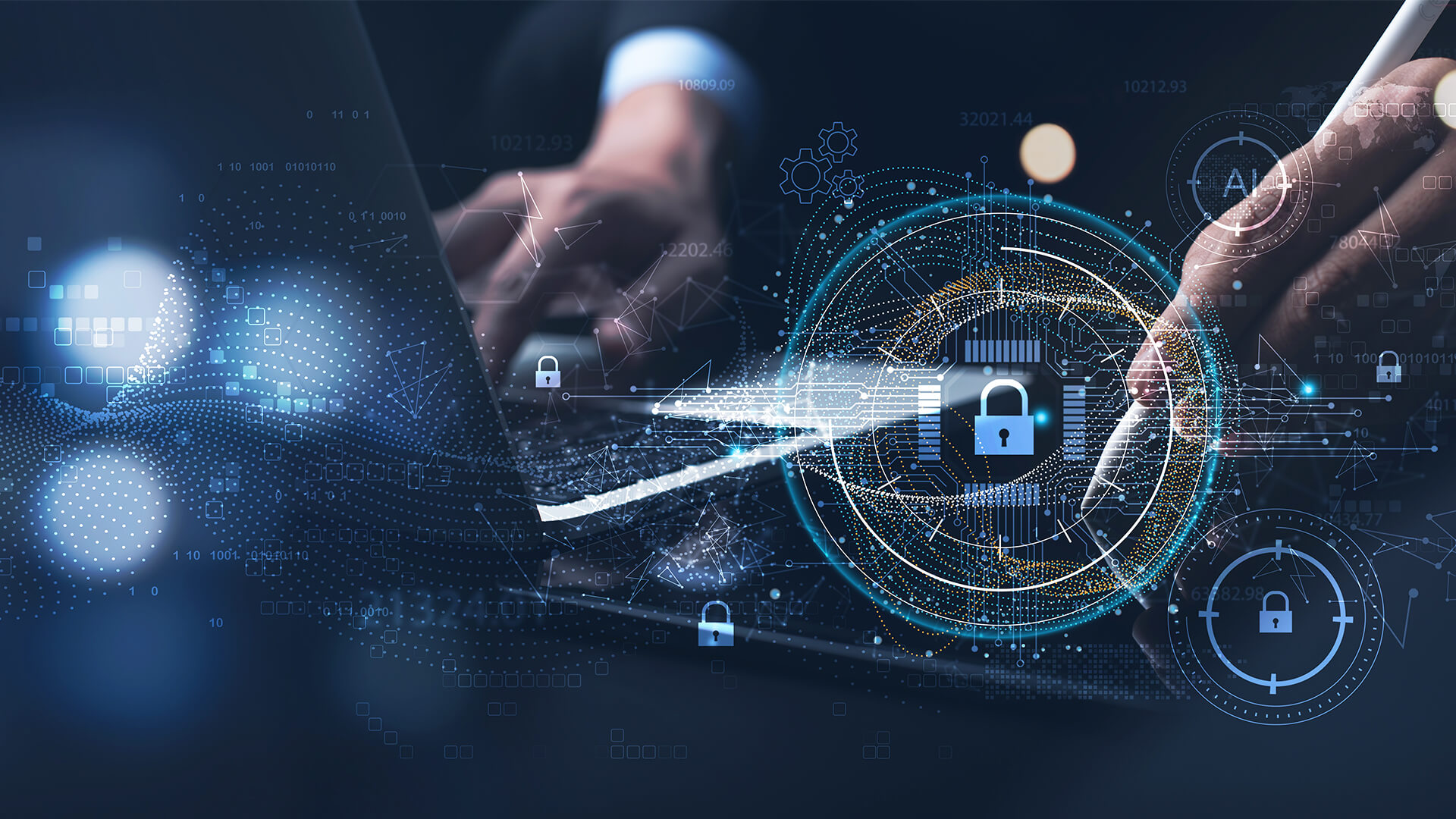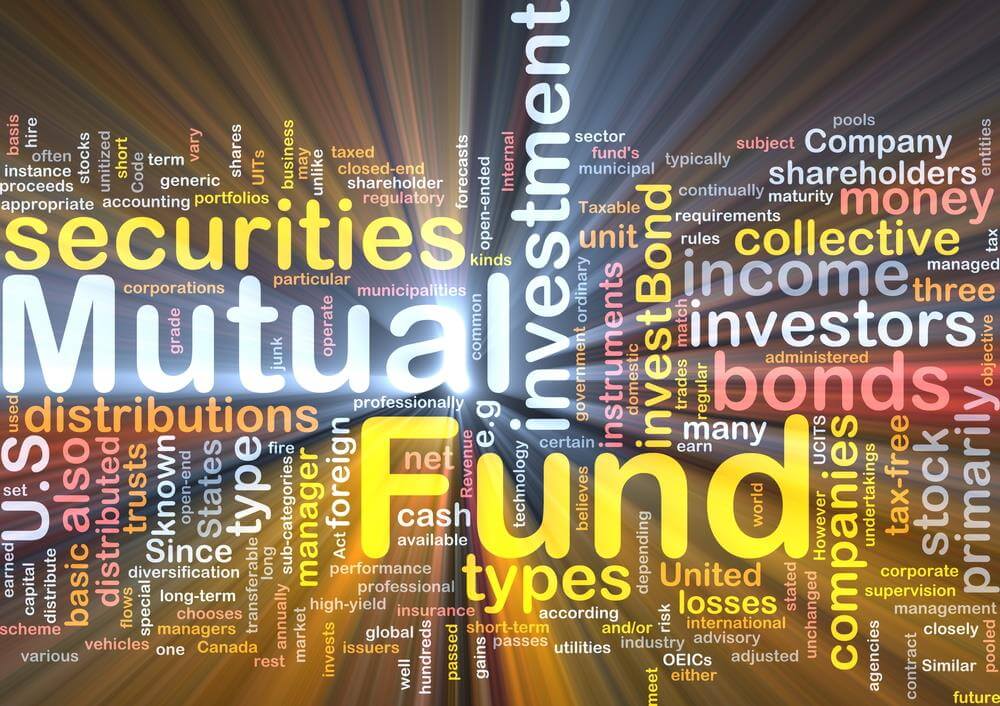
For organizations in the financial industry, good cybersecurity practices aren’t optional – they’re a must-have if you want to stay in business. For banks and other financial institutions, a cyber attack is not only financially devastating, but it can also destroy your reputation. Managed IT services can help growing financial institutions stay on top of security threats.
The risk of cybercrimes is only going up, with 74% of financial institutions reporting security threats since the COVID-19 pandemic began in 2020. This is why it’s more important than ever for financial organizations to have a strong cybersecurity strategy in place throughout the entire company. Here’s how financial firms can reduce their risk of cybercrime and why it’s so important to do so.
Common Cyber Threats For Financial Firms
Financial companies are particularly vulnerable to cyber crime because of the type of work they do. Many financial firms collect pieces of valuable personal information from clients in addition to storing their money or managing their investments. Because of this, many cyber criminals specifically target financial firms.
There are many different types of threats that financial firms face. These threats are consistently evolving as cyber criminals develop new strategies. This is why it is so important for financial firms to consistently update their cybersecurity strategies to address these issues.
Some of the cybersecurity threats that financial firms face include:
- Ransomware: This is a type of malicious software that encrypts secure data in your system, essentially locking the user out. The hackers then charge users a ransom in order to regain access to their systems. Many hackers will also use the encrypted data for their own personal gain by selling it or publishing it online.
- Phishing: In a phishing attack, the hacker poses as a trusted individual or organization in order to gain access to a user’s login credentials. These attacks are typically conducted via email or social media. Phishing attacks targeted at senior executives are called ‘whaling’.
- DDoS Attack: In a DDoS attack, hackers overwhelm your server with requests and traffic, taking your system offline. Many hackers use DDoS attacks as a distraction while they are conducting other attacks that are more invasive.
- SQL Injection: During an SQL injection, a hacker puts malicious code into an input field on your website. Hackers use this malicious code to gain access to your secure systems and potentially access sensitive information.
- Third-party Vendor Attacks: Many financial institutions work with third-party vendors to handle some or all of their operations. Hackers will often gain access to these third-party vendors, and then use the vendor’s connections to access your system.
How to Reduce Your Risk of Cybercrime
Because financial institutions have access to large quantities of sensitive information, a strong cybersecurity strategy is a must. Depending on where your company is based, you may even be required to safeguard your company’s data. Many cities and states have strict industry compliance standards for financial organizations. Here are some of the ways that your financial institution can reduce the risk of a cyber attack.
Assess third-party vendors carefully
Financial institutions typically work with a variety of third-party vendors as part of doing business. Since third-party vendor attacks have become common in recent years, it is incredibly important for financial firms to vet each vendor thoroughly before starting work.
Third-party vendors should have their own cybersecurity best practices in place. You should also define key cybersecurity practices on both ends as part of your contract before starting work. Financial institutions should also limit the amount of access that third-party vendors have to secure systems and keep secure information siloed when possible.
Provide ongoing cybersecurity training to employees
It doesn’t matter how strong your firewalls are if an employee accidentally compromises your systems. Employees throughout your organization should be trained to recognize and avoid potential security threats. In particular, employees need to be trained on password management as well as how to spot and avoid phishing attacks. Regular training will help your employees feel empowered to manage cybersecurity threats should they arise.
Use secure connections and devices for remote work
Working remotely is incredibly convenient, but it can also pose some security risks for financial organizations. Employees working remotely should avoid using public WiFi connections and use secure VPNs at home. Providing WiFi services for your remote employees is the best way to ensure they are using a secure connection. Additionally, employees should be using secure company-provided devices rather than using their personal devices for remote work.
Enable multi-factor authentication for employees and customers
Multi-factor authentication is one of the most effective ways to keep secure accounts safe. With multi-factor authentication, users need to provide a third piece of information in addition to a username and password in order to access their account. This additional piece of information is typically a code sent via email or text message. Multi-factor authentication ensures that even if a username and password is compromised, hackers still won’t be able to access the account.
Update your systems regularly
Cybersecurity threats are constantly changing as hackers develop new ways to get around existing cybersecurity restrictions. To keep your systems protected, it is important to update both software and hardware on a regular basis. Software updates should happen frequently as developers identify new security threats and develop solutions.
Financial institutions should also assess their cybersecurity strategies as a whole on a regular basis. As your organization grows and changes, you may find yourself restructuring data storage or adding extra protective layers to your system, for example. If you’re struggling to develop a cybersecurity strategy on your own, consider reaching out to third-party experts. A reputable cybersecurity firm can help you put together an effective strategy that’s tailored to your needs.
Because the risk of cyber attacks is so high for financial firms, you shouldn’t skimp on security. Even the simplest cybersecurity measures can go a long way towards protecting your systems. Additionally, having strong cybersecurity measures can actually help your business. Today’s customers look for financial providers that they can trust to keep their money and personal details safe.


























